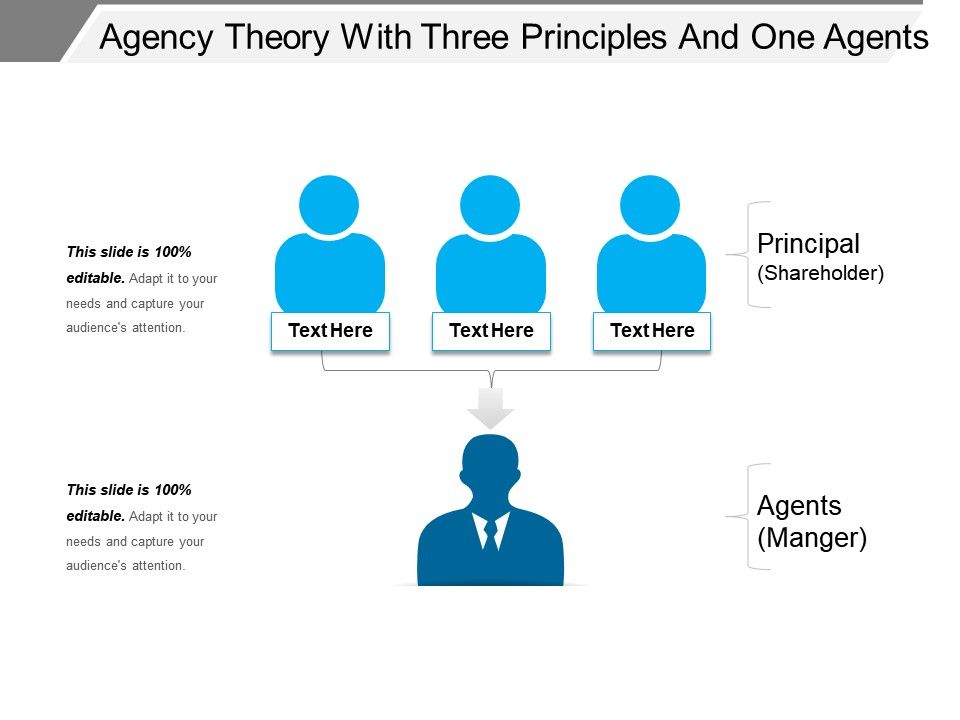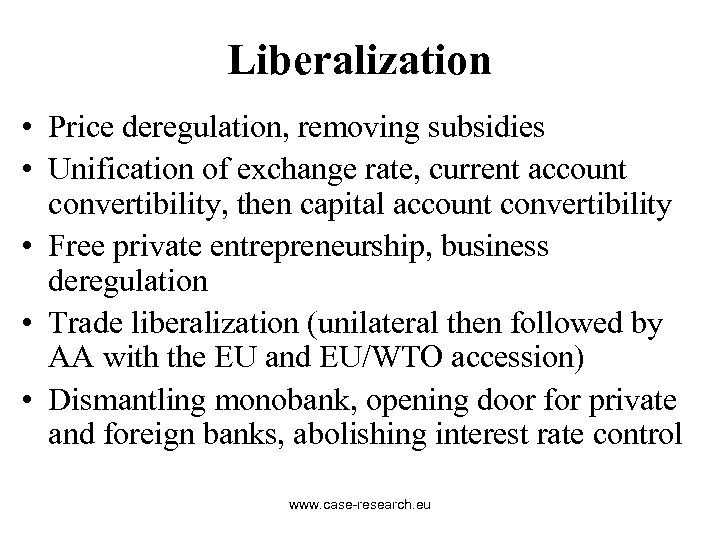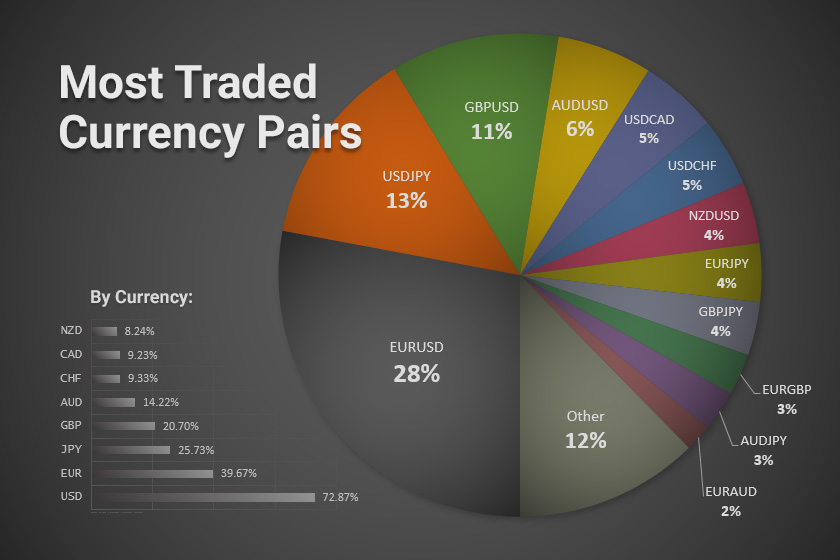Содержание

Lastly, dogs are the business units with low market shares in low-growth markets. There is no large investment requirement, and they don’t generate large cash flows. Often, dogs are phased out in an effort to salvage the organization. As the name suggests a product classified as a question mark by the growth share matrix presents the company with a question; the question of what to do. This is because a “question mark” product is generating low sales but it is part of a market that has high growth.
- A decline in turnover and profits characterises the following saturation phase.
- Why have CDs when I could go on iTunes and listen to all my favorite songs?
- The quality of the product is enhanced along with the enhancement in the styles.
Price Leadership refers to a situation where the dominant firm sets up the price of goods or services in the market. Baby products and beauty products are the company’s moneymakers. Economies Of ScaleEconomies of scale are the cost advantage a business achieves due to large-scale production and higher efficiency. Companies focus on these moneymakers to fund other ventures, maintain customer loyalty, and enjoy scalability. This relic was once a popular and convenient way to store and share data between computers. I barely understood what they were growing up, and it astounds me to think of the very existence of cloud data sharing and other mass memory storage means.
Popular Features
The project life cycle has a definite beginning and end with a clearly defined scope and resources. Likewise, without a solid CRM system in place, it will be hard to provide the kind of service levels that get customers to recommend your product. Bad word-of-mouth can deep-six a product faster than you can say customer relationship management. These crazy numbers are the primary reason large, established organizations prefer to acquire new products by paying a huge premium to buy out a successful start-up. The alternative — attempting to build one from scratch — is much riskier. Due to obsolescence of the operating system, Microsoft is choosing to no longer support the product and instead focus resources on newer technologies.
Let’s take a look at product life cycle management and the history of product life cycle management as well. Product lifecycle management refers to the handling of a good as it moves through five typical stages of its lifespan, from development to decline. Investopedia requires writers to use primary sources to support their work. These include white papers, government data, original reporting, and interviews with industry experts. We also reference original research from other reputable publishers where appropriate.

The second possibility is the development of new uses for the existing products such as the application or red 1.c.d. Competition intensifies as each manufacturer wants to ensure that he can maintain production at a level which gives him low unit costs. The question is one of creating and maintaining and extending selective demand. The advertising moves towards brand identification, awareness to have the effects of a brand image. Whenever a new product is introduced, it has only a proved demand and not the effective demand.
So the sales start growing upward which result in an increase of the profits. It is the first stage of the product life cycle in which the business starts the process of new product development. In addition that includes idea generation, and conversion into a product concept. So that resulting testing and the actual physical development of the product. This means that the profit is negative because the business is only incurring costs. Some may add other stages in between the four listed, including research and development, abandonment, and revitalization.
Maturity Stage
In your marketing strategy, you can emphasize the superiority of your solution to successfully get out of this stage. The maturity stage is when the sales begin to level off from the rapid growth period. At this point, companies begin to reduce their prices so they can stay competitive amongst the growing competition. The company might have a strong brand image that allows customers to be loyal and willing to buy products repeatedly. A problem child is one of the four categories in the growth-market share matrix describing a business with a small market share in a rapidly growing industry. Cash cows are essential to ensure consistent cash flows in a business.

That is, alternatively, interest in the product may fade, leading to a rapid reduction in sales. Though total expenditure does not expand, major share of the expenditure goes to distribution and brand promotion to keep the dealers’ loyalty intact. Advertising emphasizes the difference between one brand and those of competitors. During this period of maturity, the promotional expenses reach a normal ratio to sales. Most of the competitors spend very normal amount on promotion.
Market research to support market development
Should a product be entirely retired, the company will stop generating support for it and will entirely phase out marketing endeavors. Alternatively, the company may decide to revamp the product or introduce a next-generation, completely overhauled model. If the upgrade is substantial enough, the company may choose to re-enter the product life cycle by introducing the new version to the market. The mature stage’s main characteristic is that sales volumes are still growing but at a slower rate. The closer to the end of the mature, the slower will be the growth in sales volume. The table below provides a summary of the characteristics of the product life cycle stages and the appropriate marketing responses for each stage.
Once the initial investment is recovered, the cash cow’s cash is utilized for further investments, if any. 2) The BCG framework can generally judge endeavor’s general working conditions however the product life cycle just mirrors the market execution of a dingle item. This phase of the cycle could be the most costly for an organization propelling another item.

During cash cow correspond which stage of product life cycle, pricing can fluctuate depending on adding features and benefits, availability, and other factors. And in decline, you’ll almost always see a decrease in price or a return to the introduction to start over again. Cash flows generated by cash cows are high and are generally used to finance stars and question marks. Products in the cash cows quadrant are “milked” and firms invest as little cash as possible while reaping the profits generated from the products. The introduction stage happens when a product is launched in the marketplace. This is when marketing teams begin building product awareness and targeting potential customers.
Cash cows produce substantial profits for their companies because they require little investment to maintain their high share of the market. Managers should divert profits from cash cows to help defend market share of star products, develop new products for emerging markets, or turn struggling products around. Managers should minimize the number of dogs in the product portfolio. While many managers seek the challenge of trying to turn a dog product around, additional scrutiny should be given to any investment in dog products.
A dog is a business unit with a small market share in a mature industry. It neither generates strong cash flow nor requires a big investment. Most established firms realize that profitability is the key goal, in most cases, rather than a constant battle for market share. Therefore, in mature stage markets, there is a willingness to be less aggressive in terms of competitive rivalry. The cash flows milked out from the cash cow units can be used to convert the question mark business units into stars. The business can also reduce its price at the correct time to capture more market share.
As the product takes on increased competition as other companies emulate its success, the product may lose market share and begin its decline. If the product is successful, it then moves to the growth stage. This is characterized by growing demand, an increase in production, and expansion in its availability. The amount of time spent in the introduction phase before a company’s product experiences strong growth will vary from between industries and products.
The BCG Matrix: Stars
‘Cash cow’ is a designator from the portfolio matrix, or a diagram that is used to determine the future potential of a product. The question mark quadrant corresponds to the market introduction phase of the basic PLC model explained earlier. Further growth in relative market share is again achieved through investments in marketing activities.
Reverse Logistics : A boon for Effective Supply Chain Management
The last stage is called the decline stage in which the sales become quite low. Therefore others show a slow stage of decline that is spread over several years. Such as changes in the tastes of customers, advancements in technology, and a rise in competition. However, this decline would dishearten some competitors and they leave the market. When the new product is successfully introduced in the market. Then the people start considering it a valuable item that can effectively fulfill their demands.
This would further increase the promotional spending of the businesses. The profits start decreasing and the rate of competition is highest at this stage. As the product gains more market share, increases distribution, etc., it will be ever important to scale the manufacturing and distribution effectively. A company needs to have an effective supply chain and logistics process to grow supply to the increasing demand. The worst thing that a company can experience in the growth stage is not being able to keep up with demand. However, being too cautious means that competitors can grab market share.
Out of many products, a particular product becomes responsible for generating a huge chunk of profits for a company. They become market leaders due to their huge customer base and low production cost. Experimentation is not recommended, and hence the required investment and maintenance costs are also minimal. During this phase, marketing campaigns often shift from getting customers’ buy-in to establishing a brand presence so consumers choose them over developing competitors. Additionally, as companies grow, they’ll begin to open new distribution channels and add more features and support services.
Dogs are generally has a low market share in a slow growing mature industry. These kind of products generally either barely generate enough cash to maintain their market share in their industry. Different stages of the product life cycle require specific marketing approaches. For instance, in the introduction phase, customers have no clue about the product, so marketing needs to introduce the product to potential customers and educate them about its benefits. The focus in the growth phase is on rapidly gaining new customers and increasing market share as quickly as possible. Existing users might promote your product by using it or talking about it, which is great because word-of-mouth is the best possible promotion strategy.
Internally, you can control your concept, positioning, and marketing efforts, but there are external factors that also influence your product’s life cycle. If your brand isn’t a marketplace favorite, you’ll start to experience the last stage. You’ll be facing more competition, and they’ll be taking a share of the market. Sales will typically decrease in the face of rising competition.
This https://1investing.in/ is by far the most expensive stage in a product’s life cycle. Sales are typically slow, so a company may be bleeding cash until the product hits the next stage. In the maturity phase, the product marketing strategy is focused on differentiation from competing products. Typically, a product manager reduces prices to ensure maximum sales and competitiveness. A market-leading product may experience maximum profitability at this stage while #2 or #3 products typically experience reductions in profit due to price reduction and competition. The assumption in the matrix is that an increase in relative market share will result in increased cash flow.
